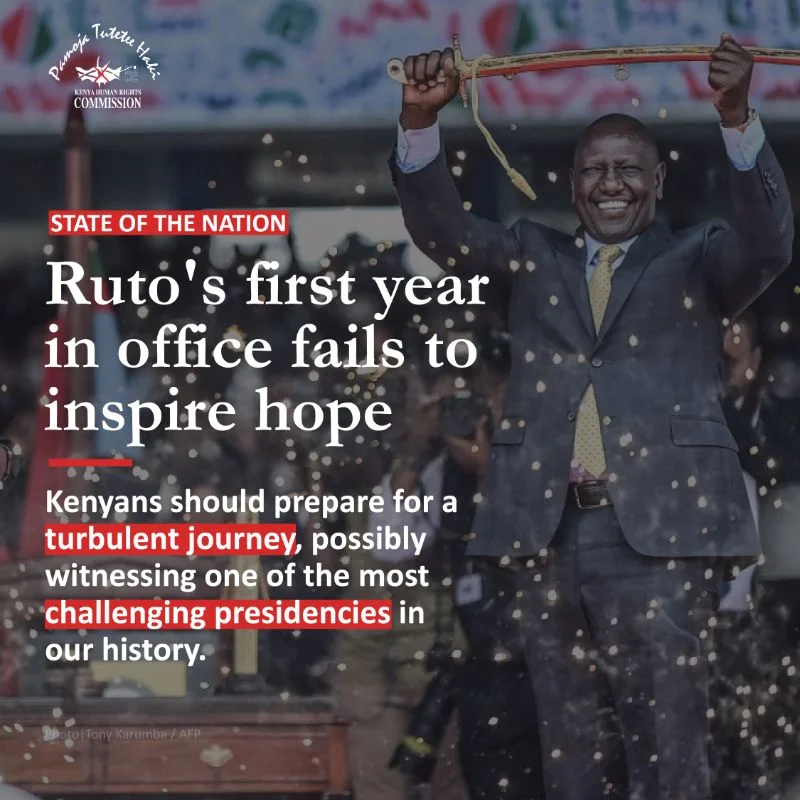Hope inspires change, but doesn’t create it. Discover why institutions, not optimism, drive good governance and sustainable economic growth.
Hope fuels ambition, drives participation, and helps societies persevere through adversity. But can hope itself produce good governance or economic growth?
The short answer: No.
While hope motivates people and shapes expectations, real progress depends on institutions, accountability, and evidence-based policy. This blog uncovers how hope interacts with governance and economics, why it can’t stand alone, and what the data tells us about building prosperity that lasts.

What Is “Hope” and How Does It Function?
The Psychology of Hope
In psychology, Charles Snyder’s Hope Theory defines hope as two key elements:
- Agency Thinking: the motivational drive to achieve goals.
- Pathways Thinking: the perceived ability to find routes to reach them.
Empirical studies show that higher hope levels correlate with better individual outcomes — from academic success to resilience and well-being. For instance, a 2025 meta-analysis on Hope Dimensions found that agency thinking strongly predicted adaptive outcomes.

Hope’s Societal Impact
At a collective level, hope can:
- Increase motivation — citizens engage and act toward shared goals.
- Strengthen civic participation — people believe change is possible.
- Shape economic expectations — investors and consumers respond to optimism.
Yet, hope remains a psychological catalyst, not a substitute for policy mechanisms or institutional design.
 Governance and Economic Growth — The Empirical Reality
Governance and Economic Growth — The Empirical Reality
Institutions Drive Prosperity
A large body of economic research consistently links governance quality with economic outcomes. The World Bank highlights that democratizations increase GDP per capita by around 20% in the long run.
Similarly, a cross-country analysis found that a one-unit rise in governance indicators boosts per capita income by about 2%, doubling potential growth in seven years.
Regional Evidence
- Africa: A ResearchGate study found governance explains much of the income gap between richer and poorer African nations.
- Tanzania: Empirical work confirmed that voice, accountability, and government effectiveness significantly drive GDP growth.
How Governance Translates Into Growth
Strong institutions:
- Reduce uncertainty → stimulate private investment.
- Enhance public sector efficiency → better resource allocation.
- Promote innovation and human capital formation → sustained development.
Where Hope Fits — and Where It Doesn’t
When Hope Helps
Hope adds real value when it:
- Mobilizes citizens toward reform and participation.
- Raises expectations, improving risk appetite among entrepreneurs.
- Builds resilience during economic shocks or crises.
In essence, hope amplifies institutional progress — it’s the emotional energy that complements structural reform.
When Hope Fails
However, hope cannot replace credible governance.
- Without institutions to support it, hope becomes empty rhetoric.
- Overpromising without delivery causes public disillusionment.
- Studies on aspiration-based interventions (e.g., UC Berkeley research) show improved optimism but no significant impact on enterprise profits.
- Overpromising erodes trust. Underpromising and delivering restores it.- The Afrobarometer 2023 survey found that in countries with repeated “vision-driven” governance campaigns but limited institutional reform, public trust fell by up to 40% despite positive messaging.
The Governance Trap
Political elites often exploit hope narratives to maintain legitimacy while avoiding structural reform. This creates a governance trap — high rhetoric, low results.
Integrating Hope, Governance, and Economics
The real strategy lies in synergy:
- Institutional Foundation: Build robust rule of law, transparency, accountability, and administrative capacity.
- Hope Layer: Inspire civic belief in reform through credible communication.
- Policy Action: Implement visible reforms—public procurement, service delivery, anti-corruption systems.
- Feedback Loop: Deliver results → reinforce trust → sustain hope → expand engagement.
Hope sparks engagement. Institutions convert it into progress.
Policy Implications — Turning Hope into Reform
- Start with structure: Invest in institutions before messaging.
- Pair hope with delivery: Announce reforms alongside visible milestones.
- Track dual metrics: Measure hope indices (citizen trust, optimism) together with governance indicators (rule of law, control of corruption).
- Communicate progress transparently: Hope grows when citizens see improvements.
- Avoid false hope: Manage expectations; link promises to budgets, timelines, and accountability mechanisms.
Conclusion
Hope matters — it fuels motivation, resilience, and participation. But hope without institutions is noise without structure. The evidence is unequivocal: governance quality, rule of law, and institutional integrity remain the bedrock of sustainable development.
The winning equation is simple:
Hope + Institutions + Policy Credibility = Real Growth.
Hope is not a policy — it’s the spark that ignites one.

Hope is not a Policy